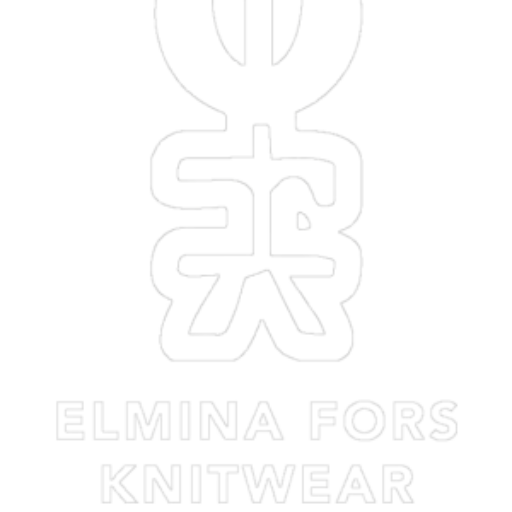
There are so many textile techniques in the world – way too many to learn in a lifetime. I am no expert in woven techniques, but I do love it when I see a woven pattern and immediately think – I wonder how that would look knitted?

The Krabbasnår pattern caught my eye a couple of years ago, partially because I love the way it sounds – Krabbasnår. Krabba means crab in Swedish, snår means tangled / ensnare. I don’t know where the crab comes in, but krabbasnår is a dialect word from Skåne, the Southernmost area of Sweden. The technique has been used for hundreds of years in the South, middle and Southern Northern parts of Sweden. It is characterized by geometric shapes woven into patterns with lots of contrast. Compared to the similar techniques Daldräll and Opphämta, Krabbasnår is woven with the patterning yarn woven horizontally on top of the bottom weave – resulting in clearer contours and sharp corners.
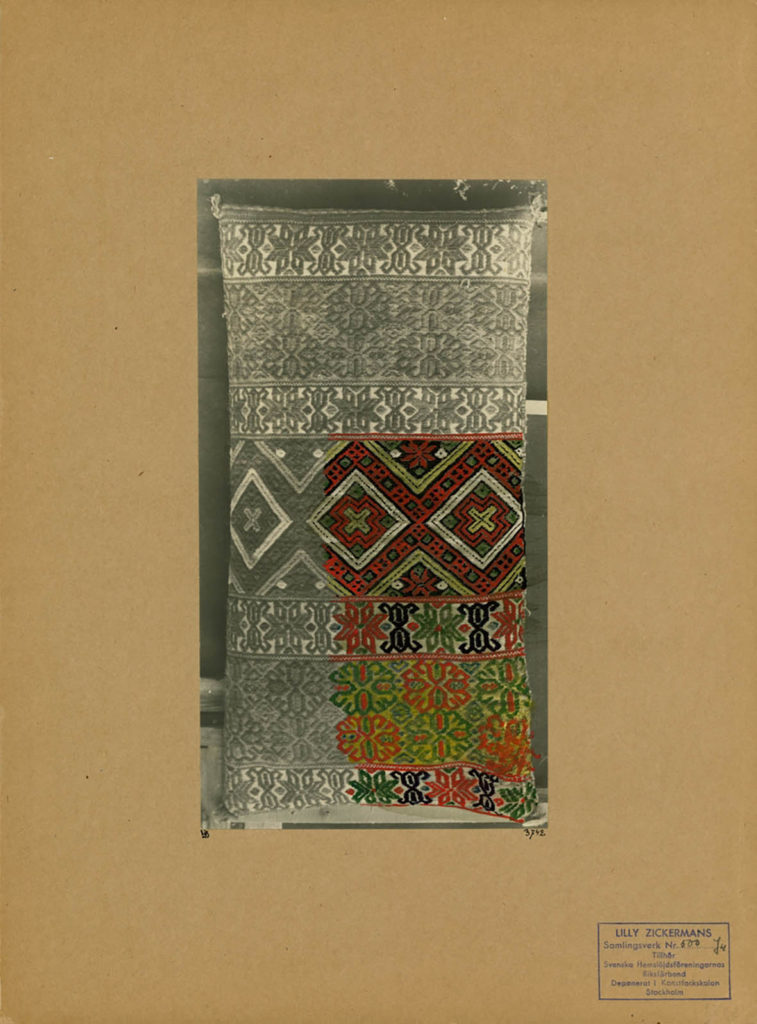
Åkkudde / Wagon Cushion from Skåne
Lili Zickerman’s collection, Digitalt Museum
Throw from Skåne
Lili Zickerman’s collection, Digitalt Museum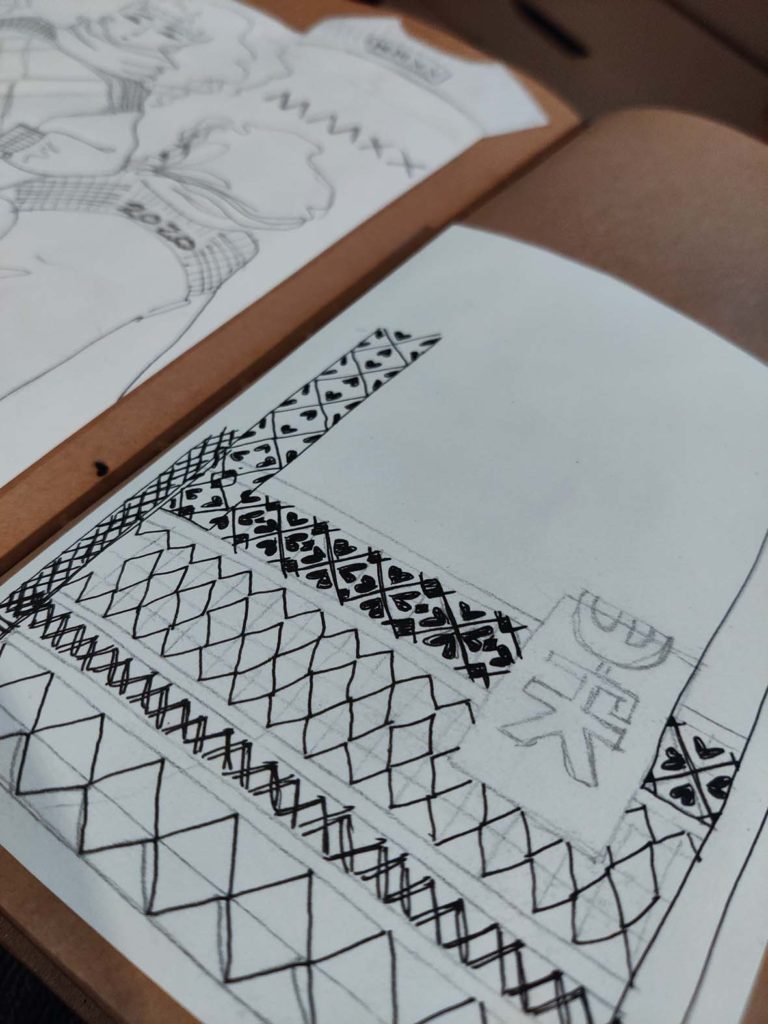
First sketch 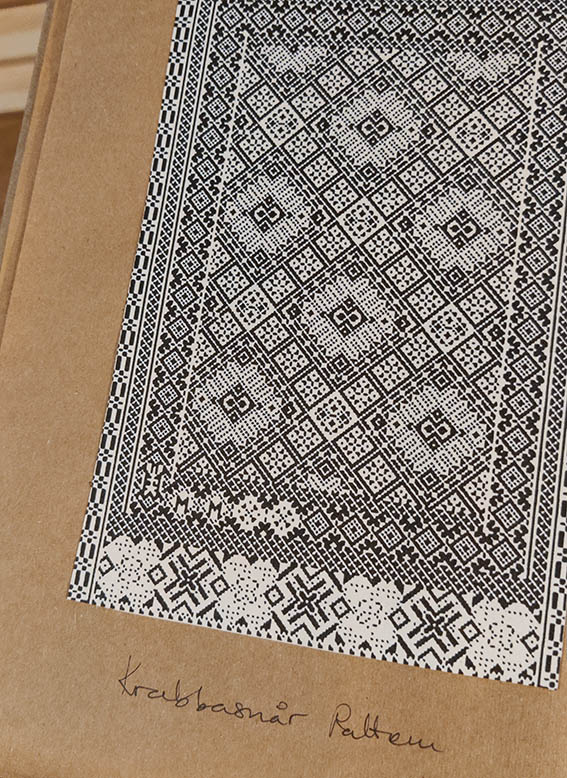
Finished pattern!
Here you can see my version of a Krabbasnår pattern: the Krabbasnår Shawl! It is knitted in soft Merino Lambswool with all over patterning and hand sewn edges – with three new colourways for the winter 2021! Since I love seeing signatures on folk textiles, I had to add a signature into the Krabbasnår pattern. On the right hand corner you can see my logo (EFK) and the letters MMXX – 2020 – for the year it was designed.
-
 Krabbasnår Shawl – Multikr712.00 Incl. VAT
Krabbasnår Shawl – Multikr712.00 Incl. VAT -
 Krabbasnår Shawl – Oat/Mossy Brownkr712.00 Incl. VAT
Krabbasnår Shawl – Oat/Mossy Brownkr712.00 Incl. VAT
Below: Krabbasnår weaves are sometimes woven in narrower pieces and sewn together – making it possible to combine many patterns travelling different directions. In the image below you can see a throw from Skåne, probably woven on a more narrow loom and sewn together. It was purchased by Hedvig Ulfsparre (1877-1963), a collector with passion for folk craft – especially textiles. The throw is 180cm long and 116 cm wide and woven in wool.
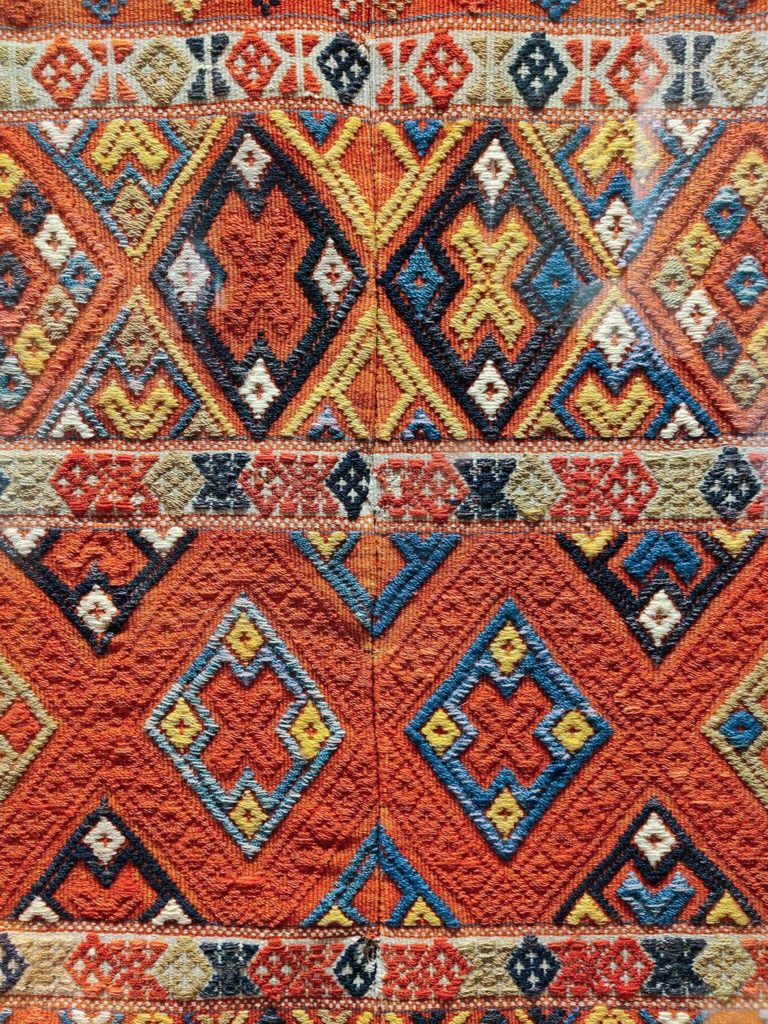
Krabbasnår Throw, Länsmuseet Gävleborg 
Krabbasnår Throw, Länsmuseet Gävleborg
I hope you like the nerdy textile posts, they are for me as much as anything. So much inspiration can come from looking at woven samples – shapes, colours, techniques.
